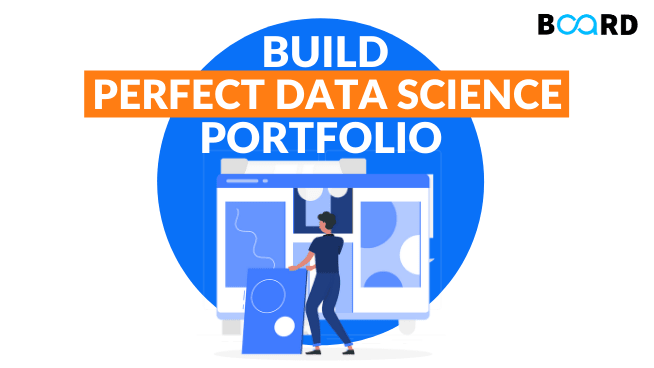Introduction to Data Science: A Starter Kit for Aspiring Data Scientists
How to make a Data Science Portfolio? (To get Hired)

Given the massive growth & positive sentiments revolving around data analytics & science; there are lots of prospective candidates who seek to build a successful career in the field of data science. Hence, differentiation is the need of the hour to get a dream job in the field of data science. Therefore, merely having a resume for a job in this field may not be sufficient enough to be recognized amongst the huge group of applicants. This is where a data science portfolio could make a world of difference – which could actually show the recruiters and employers the true potential of the student or aspirant as in this case; it’s not about only merely telling ‘what can you do’. Rather, it shows the potential employers in terms of ‘what you have done.
With this backdrop; the subsequent sections would focus on the dos and don’ts of data science portfolios; and what actually do employees look for in candidate portfolios.
What do Data Science employers actually look for in a Data Science Portfolio?
Whenever employers scan through multiple profiles; the most pertinent lens via which they scan candidates is ‘the value that their work could potentially generate for businesses’. Hence, while preparing a resume or a portfolio related to data science; students must ensure that they focus on relevant skillsets which could help generate opportunities for revenue & profit for the business. A few of such instances which students can keep in mind while designing data science portfolios are mentioned below for reference –
1. Data insights on Marketing effectiveness
Data extraction and analysis on marketing effectiveness, return on investment on campaigns, etc. are quite common. However, if a portfolio includes a scenario wherein a student has prescribed business to target the segment of 18 to 20 years teens for a particular campaign; which in turn resulted in increasing engagement & cost-saving; that would surely gain brownie points.
2. Designing recommender systems resulting in more revenues from ads
Working knowledge and experience in the field of recommender systems could be highly valued for candidates as this is one of the most frequently used use-case by businesses. For example – Collaborative filtering to churn out the relevant and customized news feed for customers could seriously increase engagement; in turn, resulting in higher revenues from advertisements.
3. Building intelligent data engineering systems to create organized data lakes over the unstructured ocean of data
A candidate’s portfolio need not be always top-line focused; rather, improving the existing operational process of the business, bringing in more leverage & streamlining existing assets could be equally helpful as well. An example of the same is to design a system or framework which sits on top of the big data platform to enable users to massage & harmonize relevant data as per their requirements.
What to include, and what not to include in a portfolio?
The key to designing a data science portfolio is to include projects in GITHUB which are unique in themselves; and shows a certain level of discretionary ability of the student; wherein the student has evaluated multiple techniques and then selected the most optimal one.
Including common projects on frequently used data sources could be avoided as there are not many variants to those analysis – almost all students invariably present the same solution.
Oh so you made it this far! A little bonus video for you all
Want to become a Data Scientist from scratch? check out our Data Science Course to become a Certified Data Scientist! Access to 150+ hours of premium content and Master in the highly demanded technologies like SQL, Python alongside the concepts of Data Exploration, Regression Models, Hypothesis Testing. Get Personalized 1:1 mentoring from Top Data Science Industry to be job-ready. This includes the complete data science syllabus, project, hackathons, and Data Science Certification.
